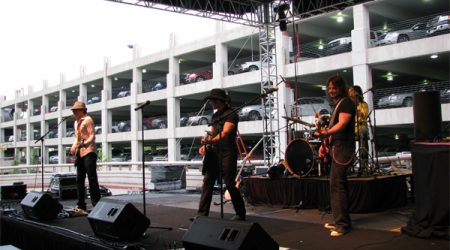
Forced to lip-sync on TV, he barely moved. When Barrett showed up to live gigs in 1967, he was more of a distraction than a contributor. There was a depressing irony in the fact that Barrett had churned out the whimsical art-pop character studies “ Arnold Layne” and “ See Emily Play” that got the group signed by EMI, then immediately soured on the non-stop promotional requirements that came along with hit singles. By 1969, Barrett had disappeared into a haze of quaaludes and LSD that eroded his already-fragile mental health. Eighteen years later, the band’s official tour t-shirt read “ Pink Floyd: Still First in Space.”īarrett watched the moon landing at his Wetherby Mansion flat in London with a group of friends and hangers-on.


Though no band likes to be classified so generically, they grew to embrace the idea. Though Bowie was just beginning to explore the cosmos, Pink Floyd had been traveling the spaceways since their inception: The first track on their debut album was “ Astronomy Dominé,” a slab of B-movie sci-fi cheese masterminded by the band’s co-founder, songwriter, and frontman Syd Barrett, which, along with “Interstellar Overdrive,” landed them the “space rock” sobriquet from critics. It was a perfect match: Around 10 p.m., Pink Floyd appeared on the BBC’s marathon telecast of the Apollo 11 landing and jammed on a song they called “ Moonhead.” Along with the requisite panels of astronomers and physicists, the quartet was joined by space-themed poetry readings from Ian McKellen and Judi Dench, and recordings of Richard Strauss’ “Also Sprach Zarathustra”-prominently featured in Stanley Kubrick’s sci-fi opus 2001: A Space Odyssey-and the new single “Space Oddity,” released to capitalize on moon mania by ambitious 22-year-old folkie David Bowie. So, too, was NASA, whose decade-long effort to put men on the moon was coming to fruition at the same time. “We’re trying to solve problems that haven’t existed before.”

For the back cover photo of the 1969 double album Ummagumma, drummer Nick Mason arranged the band’s road gear to resemble an aircraft carrier, a concise reversal of one philosopher’s claim that rock music is not much more than “a misuse of military equipment.” Waters told Melody Maker that Pink Floyd’s gear fixation was a matter of going where no band had gone. His prediction never came to be, but for an invite-only gig at Queen Elizabeth Hall in May 1967, the band installed a joystick dubbed “ The Azimuth Co-ordinator” on top of Richard Wright’s keyboard to send the band’s potent, droning sound and sci-fi effects careening around the first-of-its-kind quadraphonic playback system in the venue. “We’ll have a huge screen 120 feet wide and 40 feet high inside and project films and slides.” That August, Waters told Melody Maker that he wanted Pink Floyd to travel from city to city with a circus-style big top.

#Capacity of montage music hall free
From late 1966 through the fabled Summer of Love, they were the house band at the UFO, the Swinging London rock club/art space/drug den, which gave them free rein to blend their droning jams with trippy visuals, sound effects, fog machines, and extreme volume. Over the prior half-decade, Pink Floyd had established themselves as, if not the best psychedelic rock band, then certainly the most technologically extravagant.


 0 kommentar(er)
0 kommentar(er)
